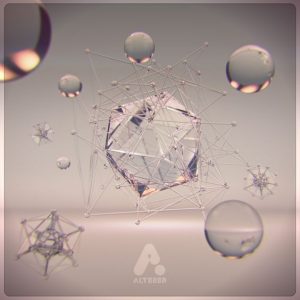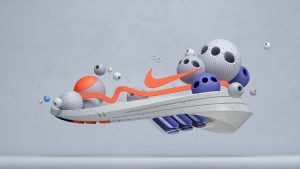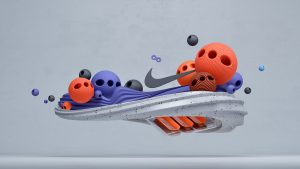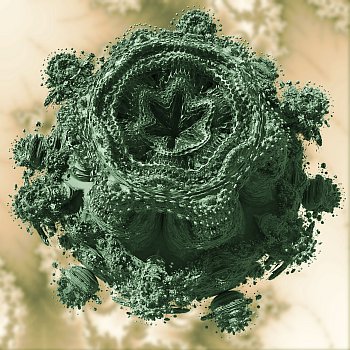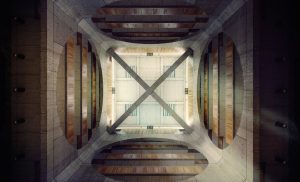 Computer Generated Graphic of Louis Khan’s library in Exeter
Computer Generated Graphic of Louis Khan’s library in Exeter
The Third and the Seventh project created by Alex Roman is stunning in its aesthetic sensibility and the techniques used in the process of the generation. As the man behind some of the greatest architecture visualizations of all time, Alex is an CG artists3 who utilizes DSMax and V-Ray for rendering, Photoshop for texture work, AfterEffects for compositing and color grading and Adobe Premiere for edit it all.
What’s really fascinating about this project is the fact that every frame was computer generated, and because of Alex’s incredible sensibility about lighting, shades and color, series of images arouse profound 3 dimensional, spatial feelings in a 2 dimensional display.
![[OLD – FALL 2016] 15-104 • COMPUTING for CREATIVE PRACTICE](../../../../wp-content/uploads/2020/08/stop-banner.png)



